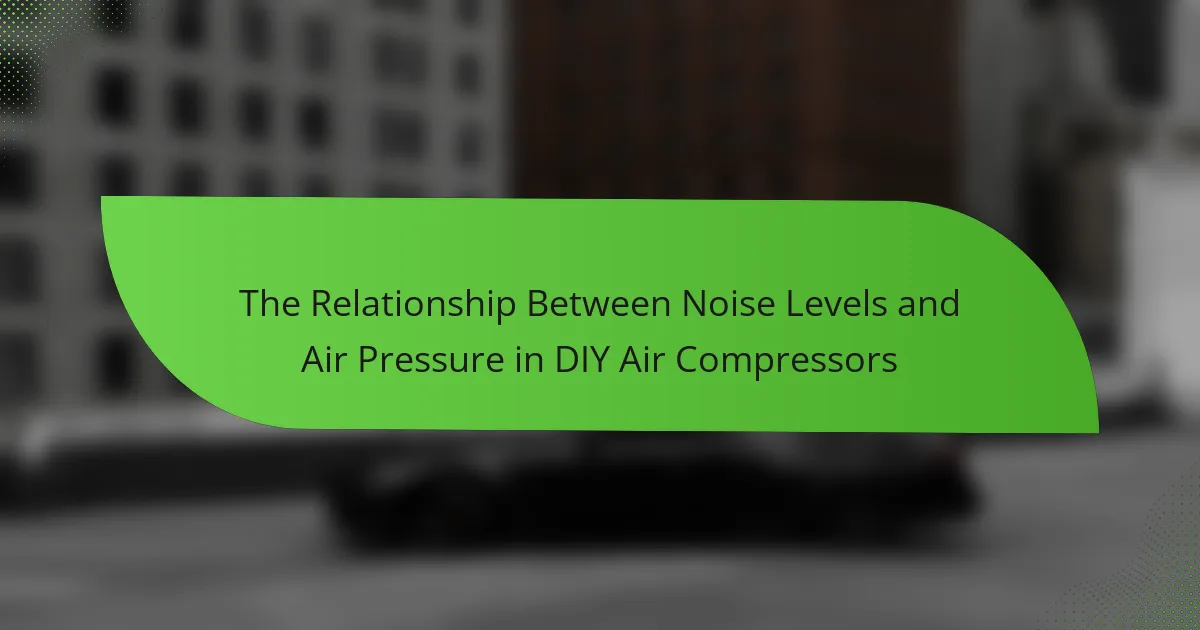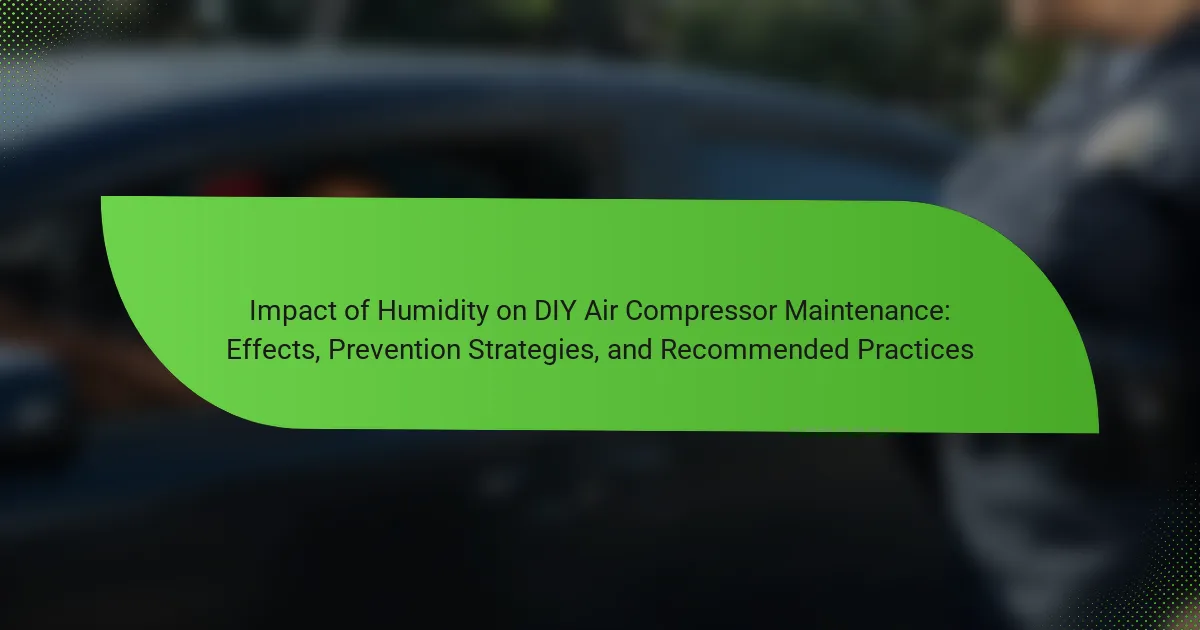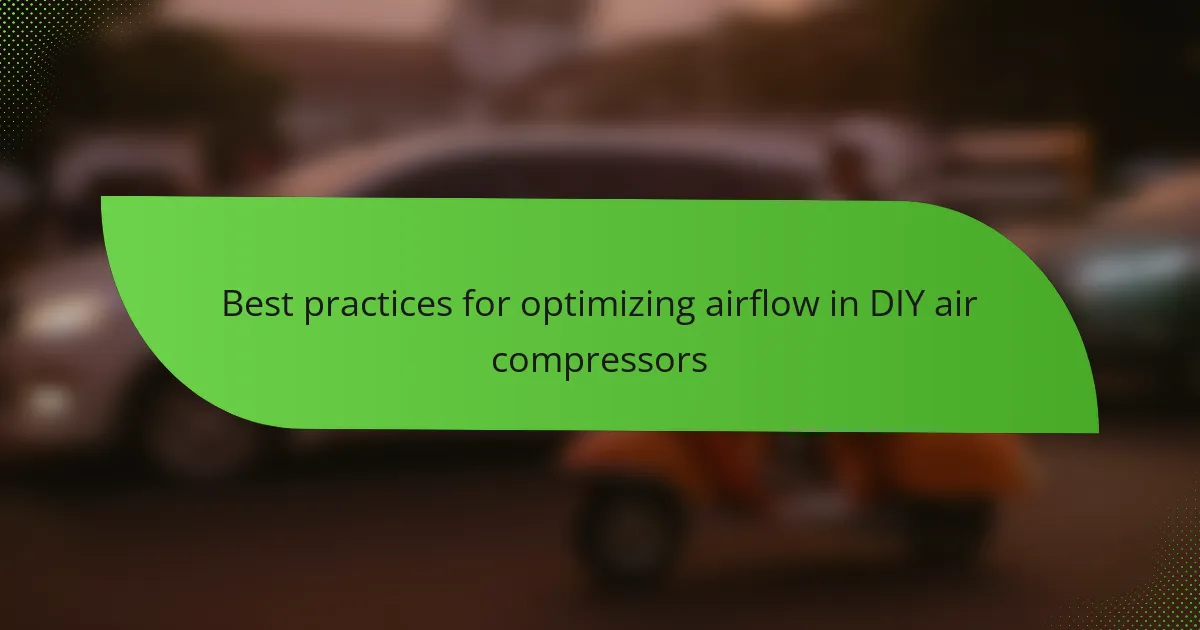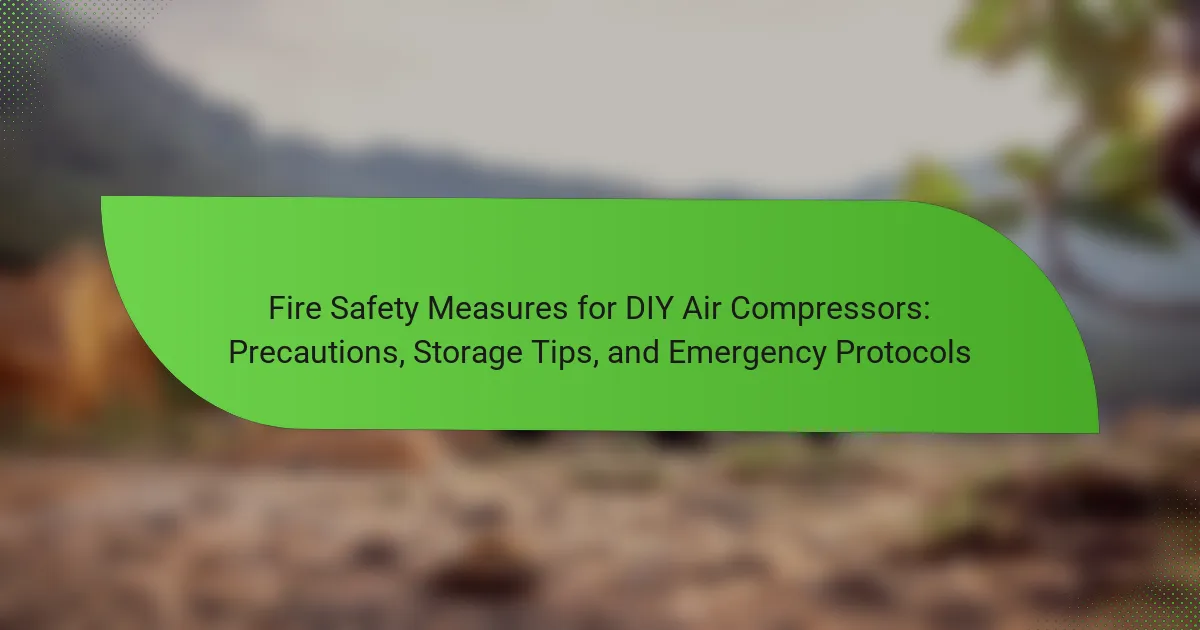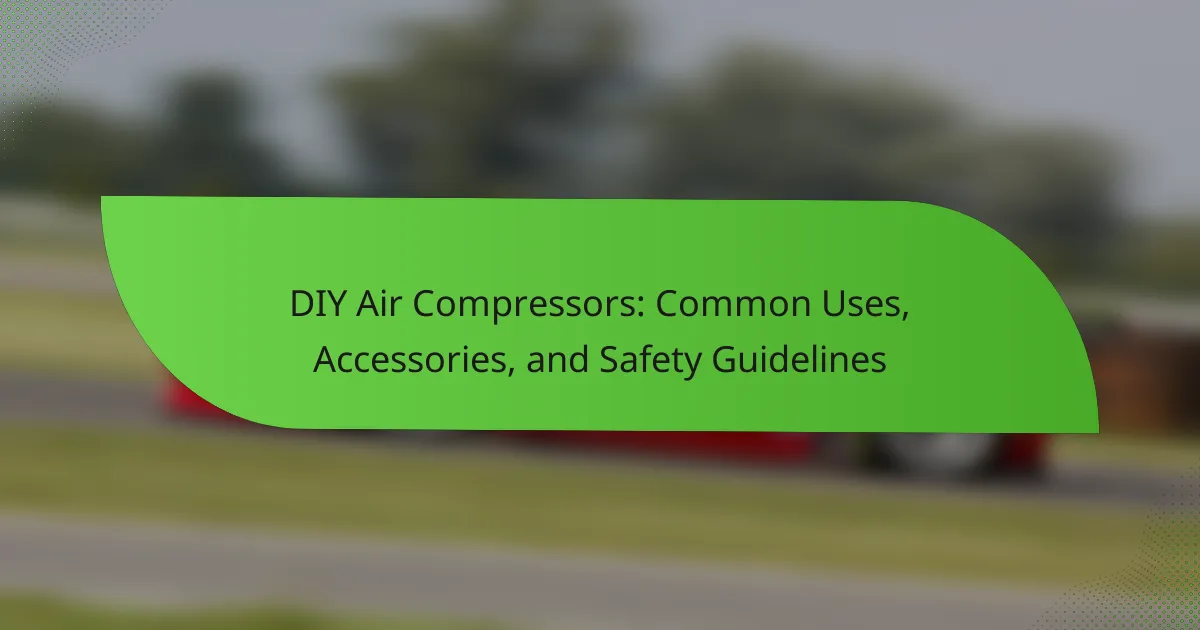
DIY Air Compressors: Innovations in Technology Enhancing Air Pressure Output
DIY air compressors are custom-built devices that compress air for various applications, commonly utilizing electric motors, air tanks, and valves. This article explores the latest innovations in DIY air compressor technology, including advancements in motor efficiency, portable designs, and smart technology integration, which enhance performance and user experience. It also discusses methods to maximize the…

